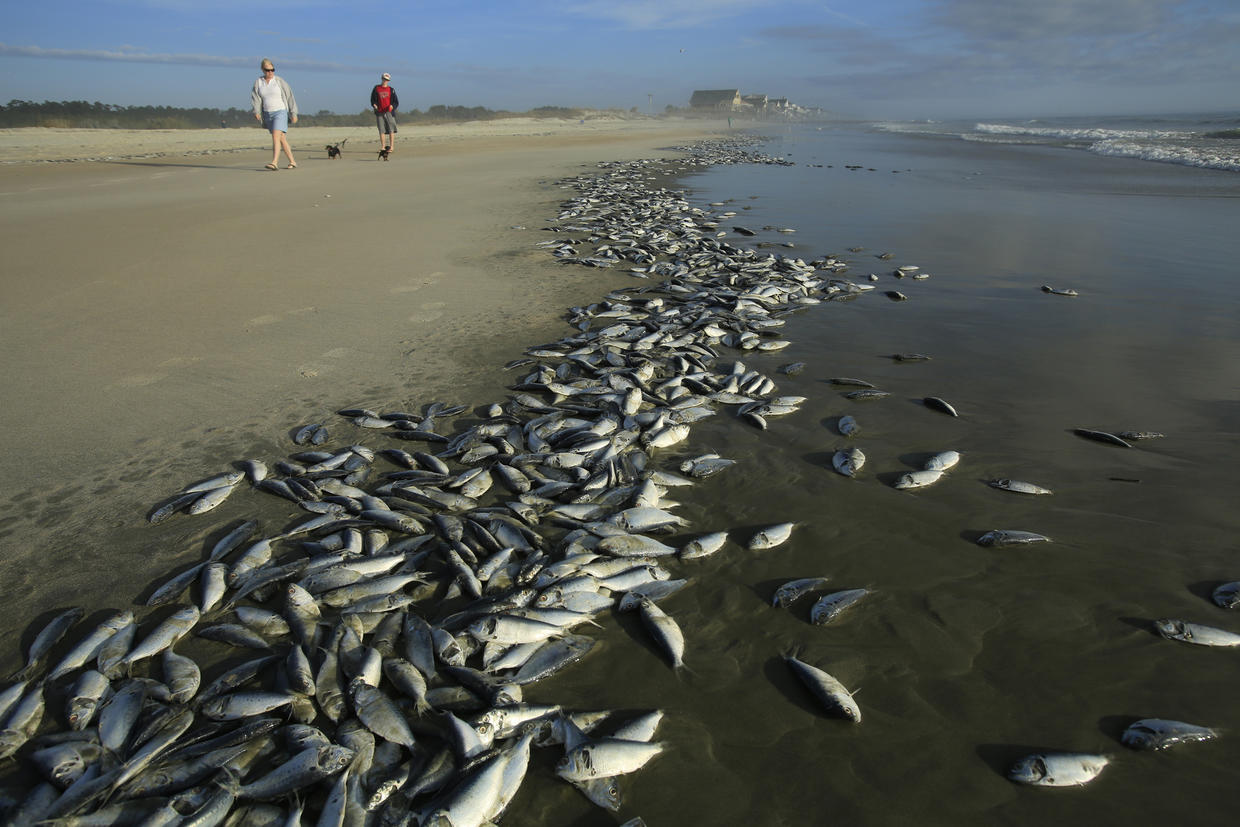

To reach our Retail Store in Newport Beach, please call (949) 642-6662. To cope with the darkness, many creatures use bioluminescence, where they create their own light to attract prey or mates.ĭeep-sea anglerfish have very large mouths and long, pointy teeth in order to facilitate capturing and swallowing prey. fish up through a hole in the ice, Granby Bait N Tackle. The species of anglerfish is commonly found at sea depths of more than 3,000 feet below the surface.Īnglerfish typically live in deep waters well below the earth's surface where light can no longer penetrate. The fish was later identified as a deep sea Pacific footballfish. "Not something we pulled onto the boat today but still an AMAZINGLY RARE FIND off of local Newport Beach at Crystal Cove State Park yesterday," the boating company said alongside a snap of the 18-inch anglerfish. Portner says around 30% of lancetfish studied tend to have some type of marine debris in their stomachs, including shards of plastic and sometimes even whole bottles.RARE FIND! Deep sea anglerfish washed up in Newport Beach on Friday morning! On Crystal Cove beach staff were alerted by beach visitor Ben Eslef and were able to retrieve this intact specimen.

They’re just not easily observed.įor now, the Choy Lab’s team hopes studying what the lancetfish eats will help peel back the layers of its fascinating life.īesides juveniles of their own species, lancetfish love to eat hatchet fish, crustaceans, squid, octopus, amphipods and, sadly, plastic. A rare Pacific footballfish, a deep-sea anglerfish usually found at ocean depths of more than 2,000 feet. Lancetfish are found in all of the world’s oceans and are abundant in the high seas, which Portner called the largest habitat on earth. Rare, terrifying deep-sea fish washes up on a California beach. Researchers know very little about the species, but it’s not because they’re rare. Lancetfish are commonly caught by line fishermen searching for swordfish or tuna as deep as 800 -900 feet. Although they feed between the surface of the ocean and about 6,000 feet deep, they’re rarely spotted inside the surf break, according to Portner. Portner didn’t have a theory for how the lancetfish ended up on the beach. Ultra-Rare Deep-Sea Monster Washes Up on San Diego Beach He said his collection’s oldest specimen is a rockfish preserved since 1881.įrable thinks SIO 21-37 may have gotten lost chasing prey or chased off course running from a predator. The delicate fish didn’t survive its short stay on land - or attacks by seagulls - but Frable says SIO 21-37 will be preserved to help researchers, possibly for hundreds of years. A monstrous-looking fish normally found thousands of feet deep in the ocean washed up on a California beach.

SIO 21-37, the catalog name for the newest addition to Frable’s collection, was found at La Jolla Shores alive. The last was in 1996 in Oceanside, according to SIO’s Marine Vertebrate Collection manager, Ben Frable. The lancetfish that came ashore in La Jolla Wednesday is the 17th discovered by or turned into the SIO since 1947. fishing - stay on the water with our top list But dont be fooled by its disgusting. It’s also not clear if they are solitary or travel in schools, so holiday time for these cannibals is either incredibly awkward or downright lonely. Scientists don’t know if lancetfish can reproduce by themselves or if they rely on one or multiple partners, according to Portner. Sequential hermaphrodites undergo a “switch.” Lancetfish are what’s known as simultaneous hermaphrodites, meaning they possess both female and male reproductive organs that produce viable gametes at the same time. Hermaphroditic Fish? Explain That, Please (Credit: Ben Estes, Crystal Cove State Park) NEWPORT BEACH, Ca. Sign up for our Breaking news newsletter to get the most urgent news stories in your inbox. The angler fish washed ashore at the Crystal Cove State Park in California.


 0 kommentar(er)
0 kommentar(er)
